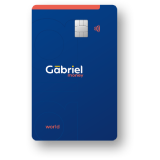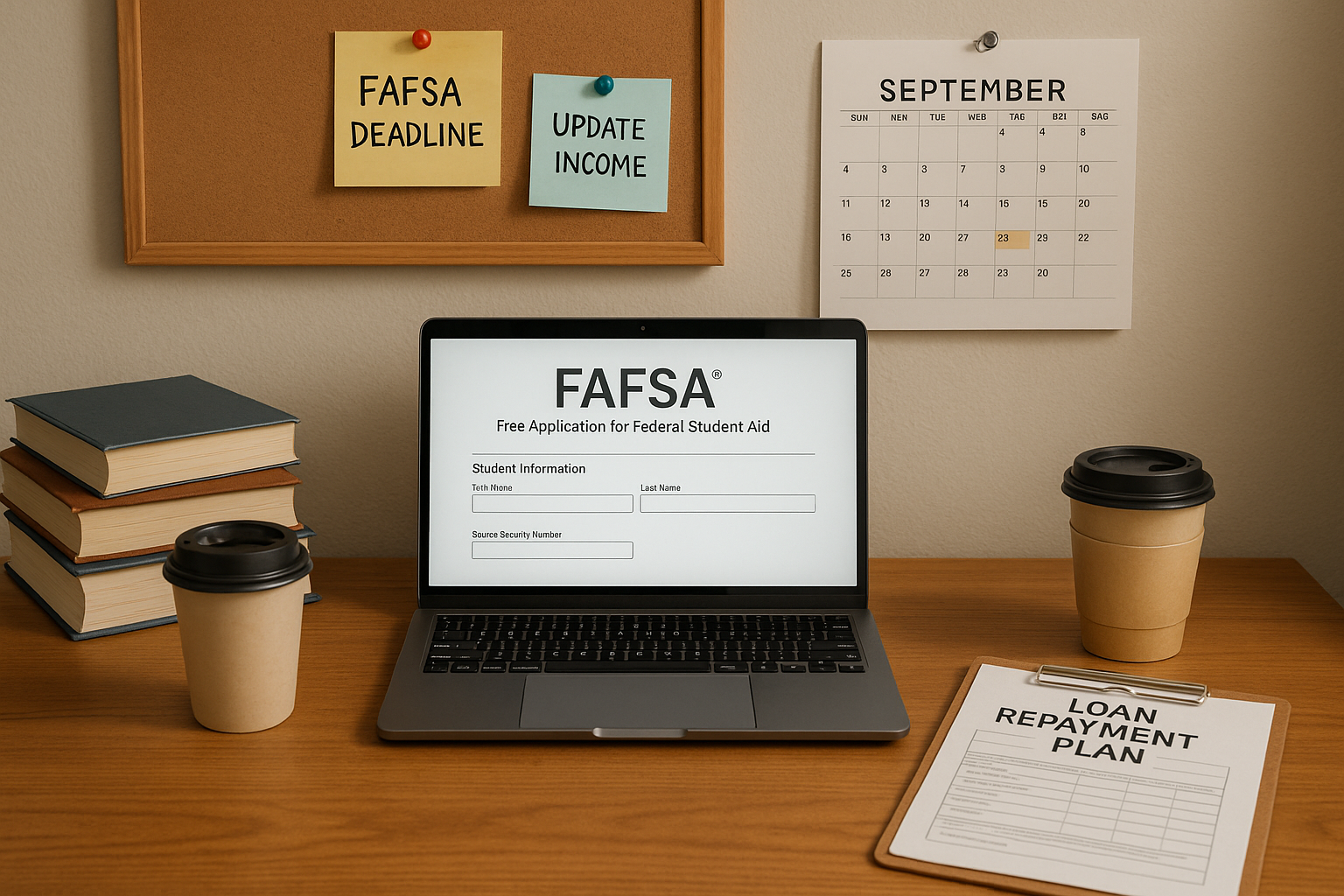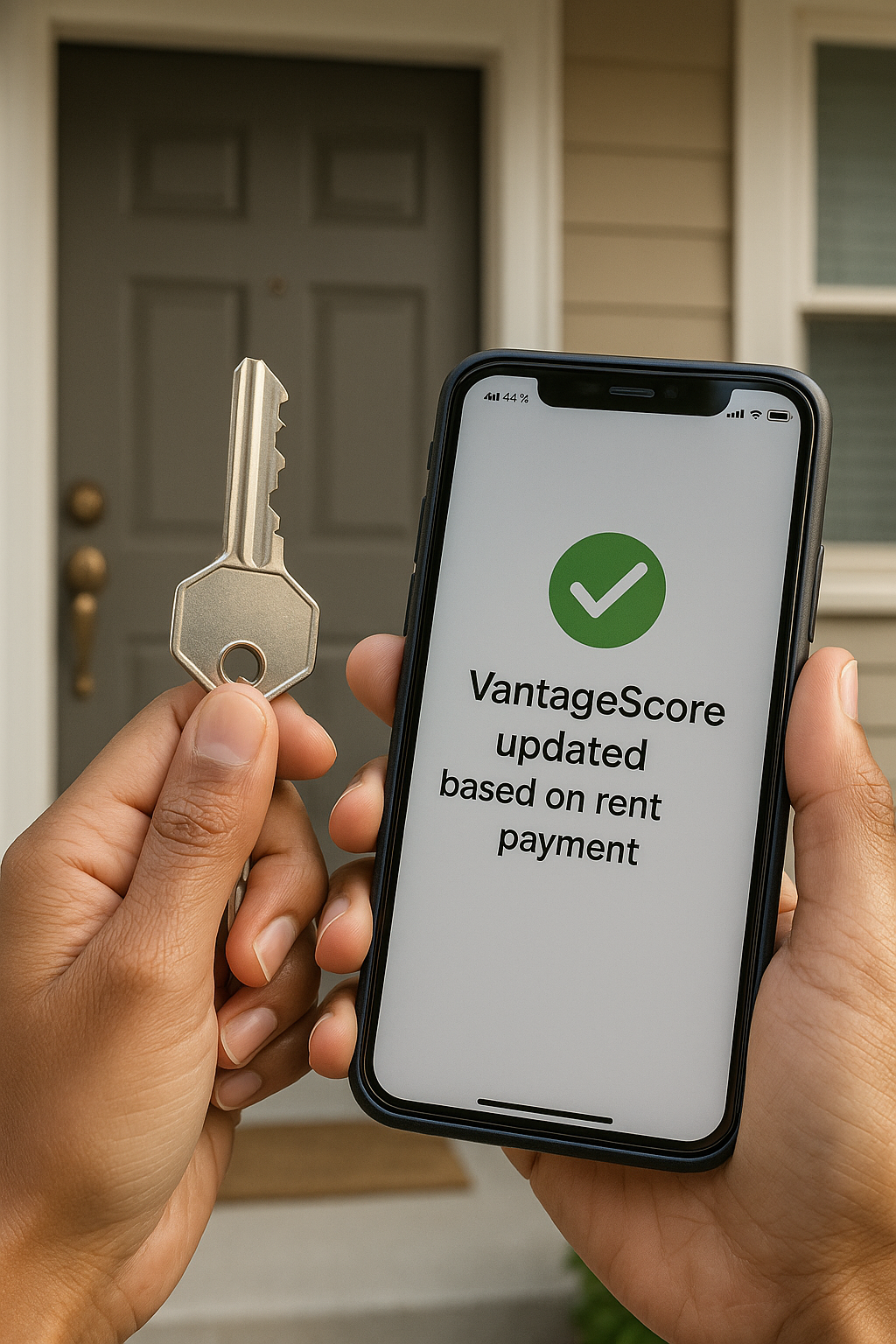
Today’s blog post will explore the Debt Avalanche Method, another effective strategy for addressing debt, with practical examples and steps to implement it. This method can be particularly useful for those looking to minimize interest costs.
The Debt Avalanche Method
The Debt Avalanche Method focuses on paying off debts with the highest interest rates first, regardless of the balance. This approach can save you money on interest payments over time.
For example, let’s say you have three debts:
- $1,000 credit card debt with a 20% interest rate
- $3,000 personal loan with a 10% interest rate
- $7,000 student loan with a 5% interest rate
Using the Debt Avalanche Method, you’d focus on paying off the $1,000 credit card debt first due to its high interest rate. Continue making minimum payments on the other debts while putting all extra funds towards the debt with the highest interest rate. Once the highest interest debt is paid off, you move to the next highest interest debt ($3,000 personal loan), and so on.
Steps to Implement the Debt Avalanche Method
- List All Debts: Write down each debt, starting with the highest to the lowest interest rate.
- Make Minimum Payments: Ensure you’re making the minimum payments on all your debts to avoid penalties.
- Focus on the Highest Interest Debt: Direct any extra money towards the debt with the highest interest rate.
- Roll Over Payments: Once the highest interest debt is paid off, take the money you were putting into it and add it to the payments for the next highest interest debt.
- Stay Motivated: Keep track of your progress and remind yourself of the savings on interest.
Pros and Cons of Using the Debt Avalanche Method
Pros:
- Interest Savings: Paying off high-interest debts first can save you a significant amount of money over time.
- Efficient: This method is financially efficient, reducing the total amount paid in interest.
- Logical Progression: The focus on reducing high-interest debt makes logical financial sense.
Cons:
- Motivation: Paying off higher balance debts with high interest first can take longer to see tangible progress, which might affect motivation.
- Complexity: Requires more discipline and tracking, which might be challenging for some people.






